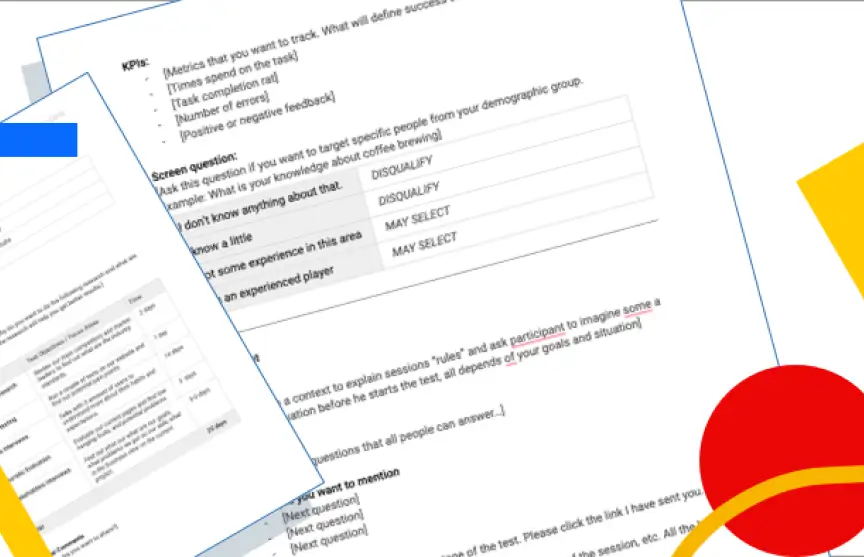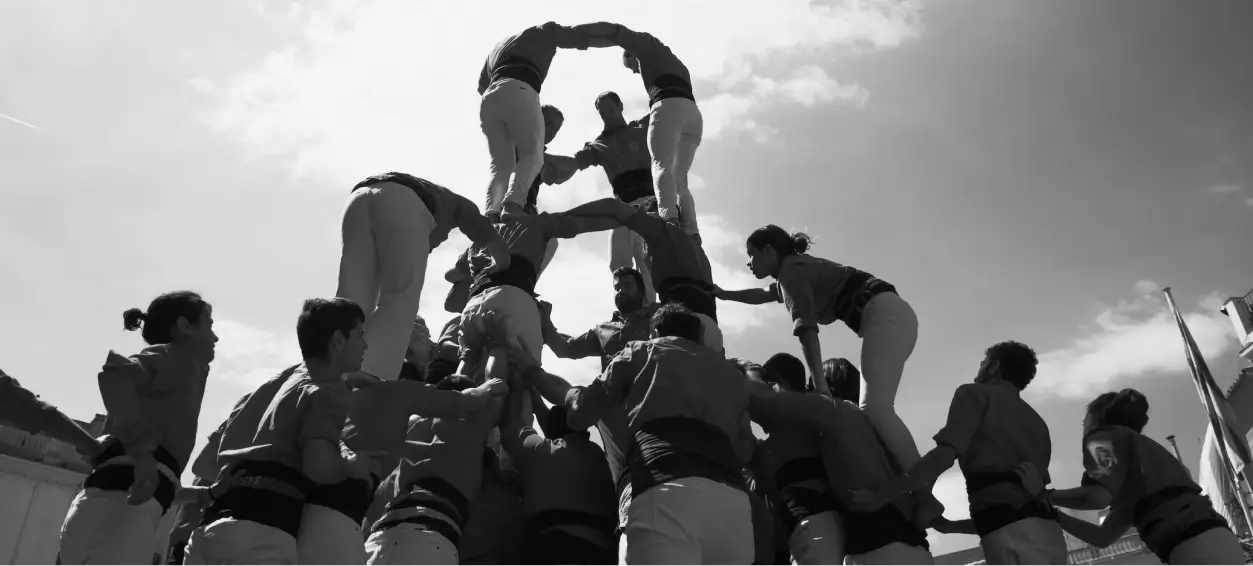
How to build a great team?
Design teams are essential for creating products that are user-friendly, functional and aesthetically pleasing. However, managing and building a design team is not an easy task. It requires a lot of skills, experience and vision. In this article, I will share my perspective on how to overcome some of the common challenges and pitfalls that design leaders face. I hope that by sharing my insights, I can help you to grow and lead your design team more effectively.
Prinpicles and vision
One of the ways I like to spark my creativity is by looking at different fields and domains that have nothing to do with design. I think this helps me to discover new perspectives and approaches that might not be obvious or common in my own discipline.
For example, I often watch documentaries or read books about how sports coaches manage their teams and inspire them to work together towards a common goal. I find it fascinating how they balance the individual talents and personalities of each player with the collective strategy and vision of the team.
Another source of inspiration for me is the culinary world. I admire how chefs run their kitchens with efficiency, precision and passion. They have to deal with a lot of pressure, complexity and uncertainty, but they still manage to create amazing dishes that delight their customers. I think there is a lot to learn from their methods, skills and attitudes.
"If you put a plan in a har. it will take the shape of the jar. But if you allow the plant to grow freely twenty jars might not be able to hold it"
Mike Krzyzewski - American basketball coach
Designers have unique needs and preferences that differ from other professionals. They thrive in environments that foster creativity, collaboration and feedback. To optimize the performance of a design team, you need to provide them with the appropriate resources and support. Just as a plant needs sunlight and good soil to grow, a design team needs the right conditions to flourish.
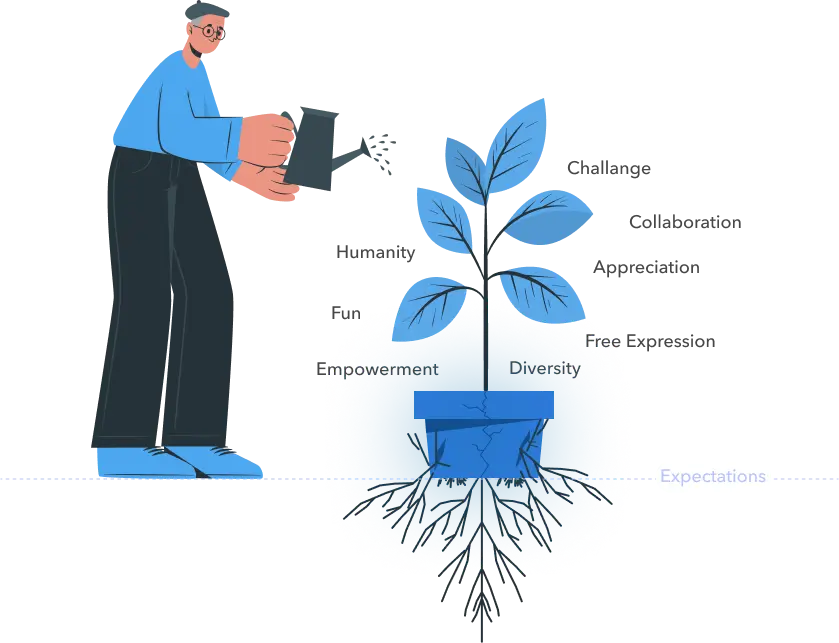
Designers often face a dilemma: how to be creative and innovative in a corporate environment that values efficiency and productivity? How to balance the needs of the business with the aspirations of the design team? How to create a safe space for experimentation and collaboration without losing sight of the goals and constraints of the organisation?
As a manager, you have the responsibility to find the optimal solution for this challenge. You need to shield your design team from the pressures and distractions of the corporate world, but not isolate them from the realities and expectations of the market. You need to foster a culture of creativity and curiosity, but not let it become chaotic or disconnected from the strategy and vision of the company.
Designers often face a dilemma: how to be creative and innovative in a corporate environment that values efficiency and productivity? How to balance the needs of the business with the aspirations of the design team? How to create a safe space for experimentation and collaboration without losing sight of the goals and constraints of the organisation?
As a manager, you have the responsibility to find the optimal solution for this challenge. You need to shield your design team from the pressures and distractions of the corporate world, but not isolate them from the realities and expectations of the market. You need to foster a culture of creativity and curiosity, but not let it become chaotic or disconnected from the strategy and vision of the company.
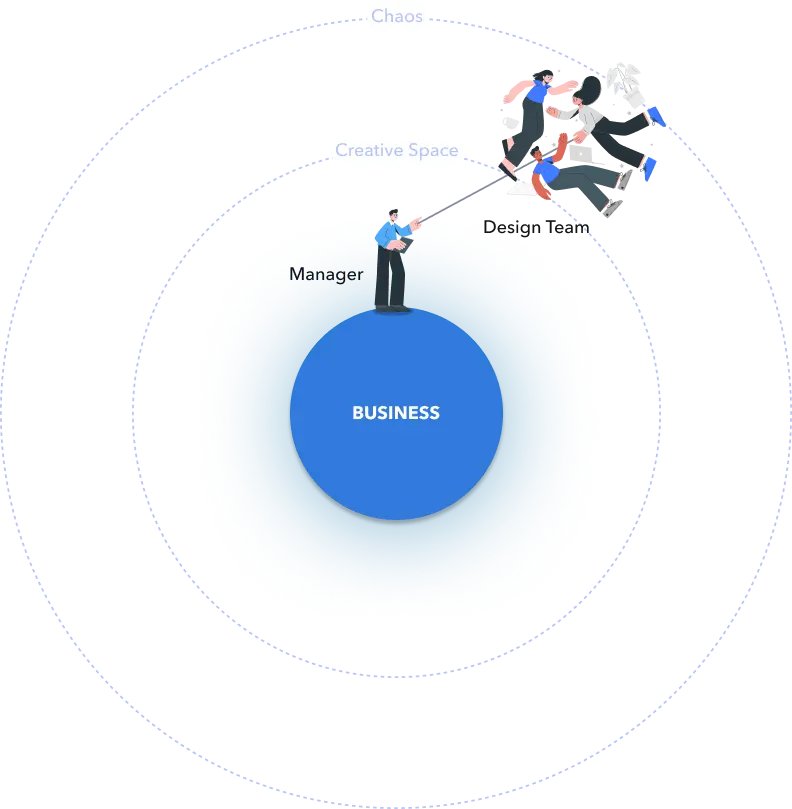
This is how I picture it.
The earth is the business, it is solid and we all travel it. The design team is orbiting it. It has to be at the right level. Not too close so it won't crush and not too far away so it won't fly away. The manager has the rope attached to it so he can control the levels. There are times when we can go very far away and there are times when we have to work fast and deliver outputs where we get close to the company's needs.
The team's principles discovery. This workshop is a great opportunity for the design team to craft our own principles. We want to reflect our unique identity and values in how we work. That's why we gather in the room and discuss some key questions. What makes us who we are, how do we want to contribute to the organisation, what are our best practices and so on? From these insights, we can distil clear and actionable principles.
We have used exercise from "Liftoff!: Practical Design Leadership to Elevate Your Team"
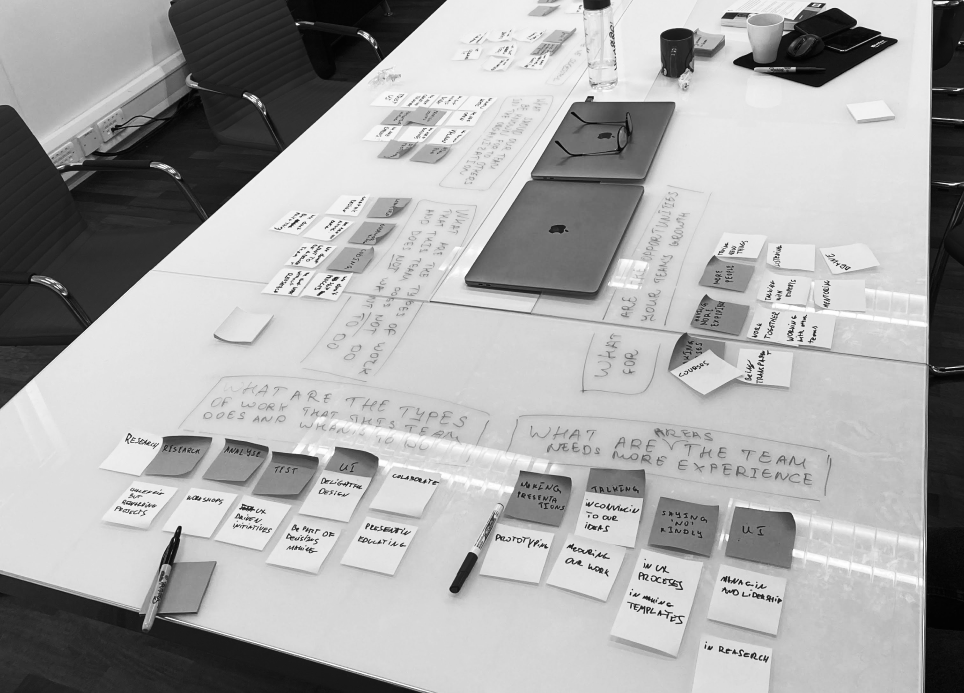
Managing Designers
Being a leader means being flexible and adaptable to the situations and people around you. You can't expect everyone to be the same or to respond the same way to your methods. Every team of designers is unique and has its own strengths and weaknesses. You need to know how to work with them and how to recognize their traits. Here are some characteristics that I found useful to understand them better.
Designer Archetypes
There are two kinds of designers who have different skills and perspectives. They are both valuable for creating a successful team. You should know how to identify them and use their strengths to your advantage.
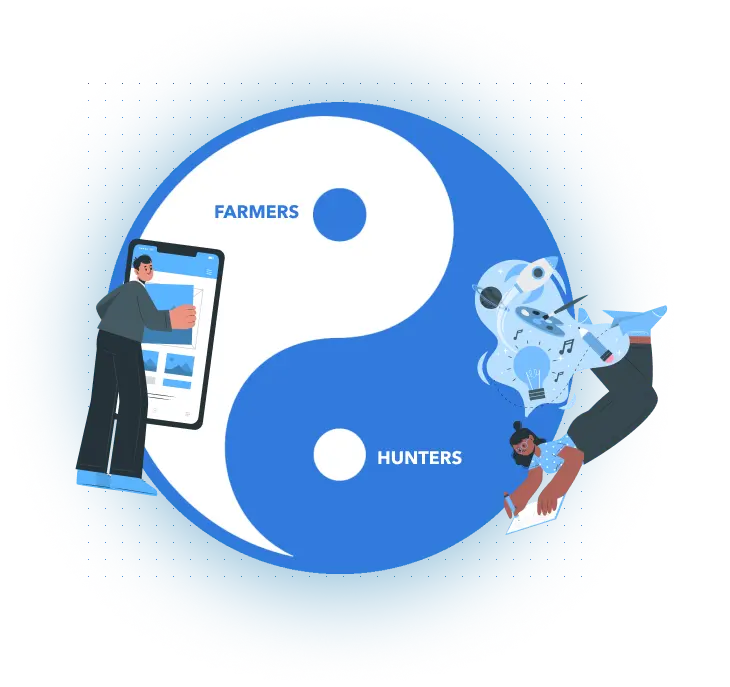
The Farmer
A farmer designer is a term that describes someone who loves working on design systems and is very organised. They enjoy working in a structured manner and are not afraid of long-term projects that require iterations. A farmer designer is passionate about creating consistent and scalable solutions that can benefit many users.
The Hunter
The Hunter is always on the lookout for new and exciting design projects. He loves to explore different ways of solving problems creatively. He thrives on variety and change, and hates doing the same thing over and over again. He finds repetitive design tasks boring and tedious.
Keeping the team diverse.
Design team strength is in the ability to work together and support each other. The ability to work as one group is much more important than individual skills. I portray this as a football team. For it to work well you need a sticker, goalkeeper, people in support and defence. There is a pro player and a junior who just starting. Both roles are needed. The pro player can mentor an older junior and when a pro player lives we don't have a hole that we can feel easily. The other players can jump on that place.
I will use one more quote from Coach K's book.
"Any one fist can break any one finger. Therefore, your goal as a leader should be to create a dominant team where all five fingers fit together into a powerful fist"
Mike Krzyzewski - American basketball coach
You can't just hire superstars or novices, you need a mix of talents and skills that work well together. This is how you create a balanced and harmonious team that can tackle any challenge.
The great illustration that helped me understand what type of people we need in the team is the 3 design personas I saw on the UX course I did some time ago and it stayed with me till today.
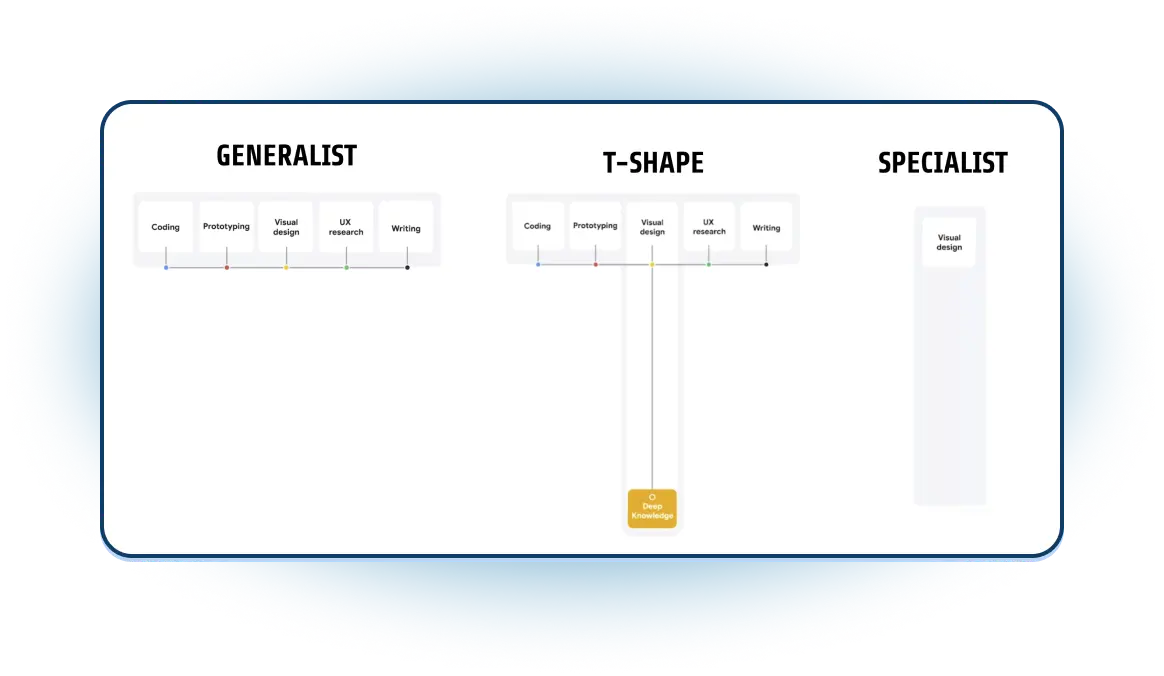
This is a fascinating topic, but I won't go into too much detail here. If you want to learn more about the concept of t-shape designers, you can find some great articles online. The main question for us as hiring managers is whether we need a specialist who can excel in one area, such as prototyping, or a generalist who can handle a variety of tasks. There is no right or wrong answer here, it all depends on your strategy and your team's needs at the moment.
Team Motivation
As creatives, we have a different perspective on what drives us. We can earn a lot of money, but that's not always what makes us happy. I have learned from research and my own experience that money loses its appeal after a certain point. I don't like to rely on money as a motivator, because it's only temporary. Soon enough, we get used to the extra cash and stop valuing it. What really matters is working for a higher purpose.

A survey from 2021 revealed that feeling appreciated was the most motivating factor for 55% of creative workers. For 49%, it was seeing their work has a meaning. I always aim to give meaning to our work. It is a mindset that has worked for me personally and I want to share it with our team. Every design task is interesting and exciting. It is not about the task but the mindset on how we approach the task. Even if your task is to design something basic or uninteresting, you can approach it as a challenge and look for a creative way to solve it. We as designers are in control and this is what I try to teach others.
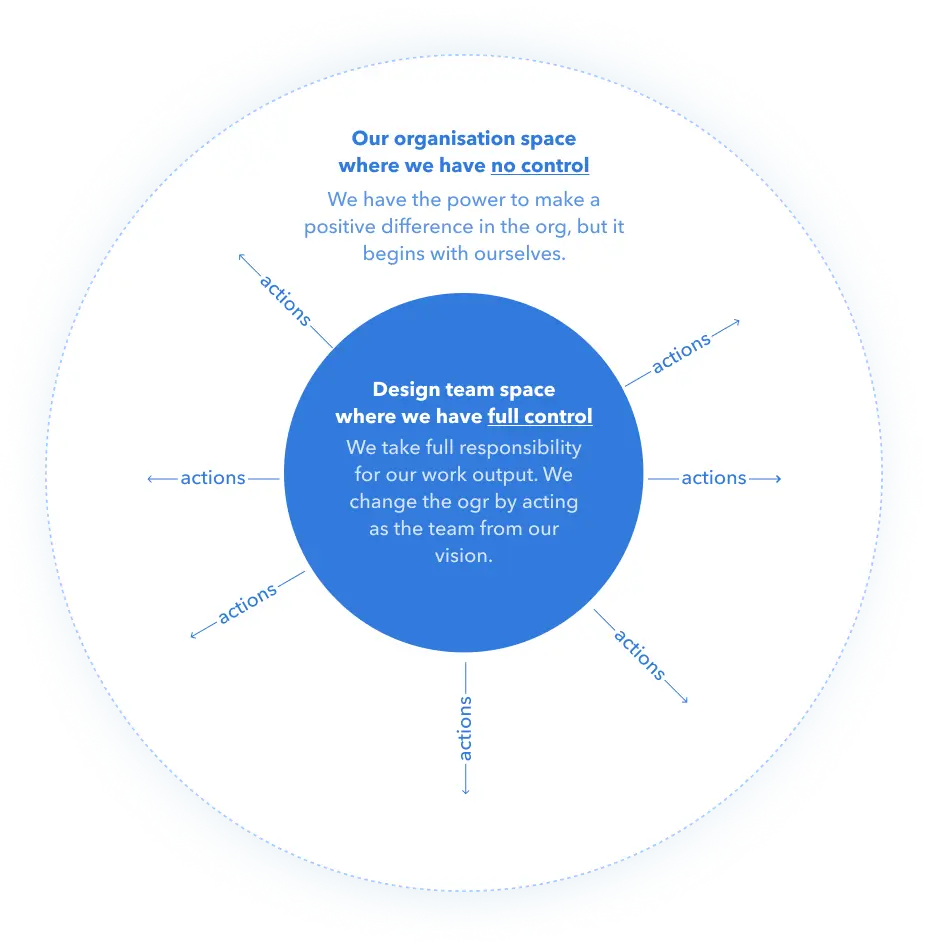
I have a simple principle that guides me in life. Whenever I face a problem that I want to solve, I start with myself. This always works. For instance, if I want our company to focus more on the users or the UX team to have more voice in the meetings, I can act in the way I want to be treated. Gradually, this will influence others and we will get closer to our goal. When a team is demotivated or lost hope this is what I tell them. Let's start doing whatever we want to achieve. With baby steps and determination we will get it!
Humanize process
I enjoy working with people and I always try to see them as human beings, not just as job roles or ranks. I think this is important because we are all part of the same team and we share the same vision. We should not let the work environment make us forget that we have feelings and personal lives outside of work. Work is not everything, it is just one aspect of our lives. We are all equal as humans and we should respect that.
As a leader, I sometimes have to give constructive feedback and I don't shy away from that. But I always do it in a way that is honest, respectful and helpful. I want to help people grow and improve, not to criticize them or make them feel bad. I believe that people appreciate feedback more when it comes from someone who cares about them and supports them, rather than from someone who only sees them as a worker.
Waht can you do:
- Acknowledge their achievements. Whether it's a formal recognition, constructive feedback, or a team vote, make sure to appreciate their efforts and contributions. Also, don't forget to promote your team instead of yourself when you talk to others.
- Empower your team. Let them have a voice and a choice in their work. Trust them to make decisions and support them when they do. Give them opportunities to learn and grow.
- Work-life balance. Remember that work is not everything. Monitor the workload and the well-being of your team. A tired designer will make more mistakes and produce lower-quality work. Find time for fun at work and encourage them to relax outside of work.
- Space to be brave. Encourage creativity and innovation. Make room for errors and learn from them. Celebrate successes and failures alike. Help them overcome their fears and take risks.
Rettention
There is a famous quote that says people quit managers, not jobs. I think this is very accurate. When you feel like your voice is not valued or your work is not appreciated, you lose motivation. We all want to do something meaningful and make a positive impact.
Designers who don't feel challenged will look for another place where they can find better opportunities. To keep them engaged, we have to balance the challenge and make it achievable, not overwhelming.
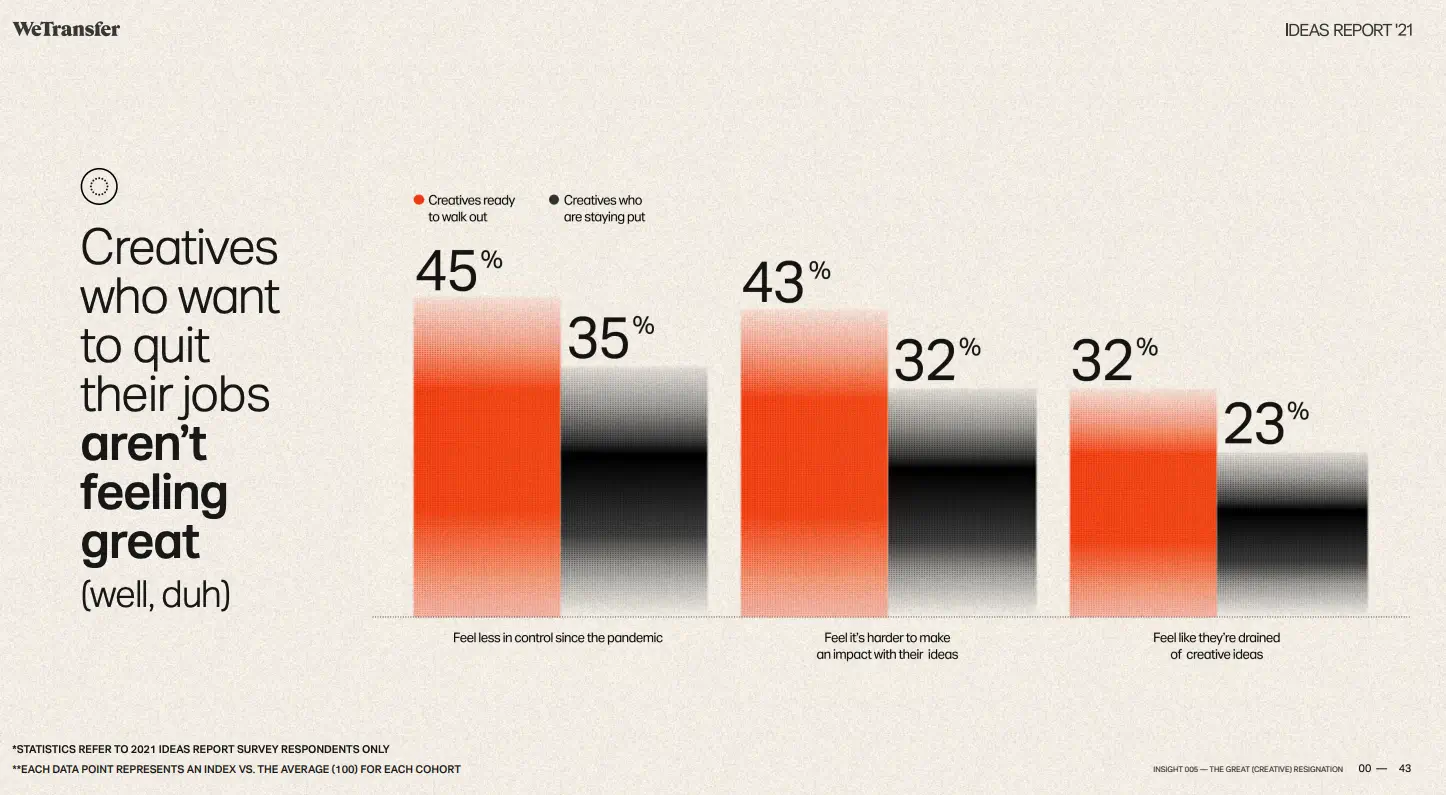
Here are some common challenges that you should watch out for as a team leader:
- Burnout: In a fast-paced organization, it is easy to overwhelm the employees and expose them to overwork. You need to balance the workload and the deadlines and provide enough support and recognition for your team.
- Can't-do attitude: Sometimes, demotivated teams lose hope and give up. It is easier to say we can't than to try and fail. You can't let that happen. As a leader, you have to inspire and push your team to think they can do anything because it is true.
- Lack of goals: If your team doesn't know where we are going and what we want to achieve in the short and long term, they won't understand the meaning of our decisions and lose hope. You need to communicate the vision and the strategy clearly and frequently and involve your team in setting the goals.
- Defensive approach: We designers are born with big egos. This ego is our motivator, but it can also be our enemy. It is okay to ask for help or feedback. We can be defensive of our work and afraid of criticism. It is not easy to give it up, but once we do, it is a life-changing moment.
Next Project
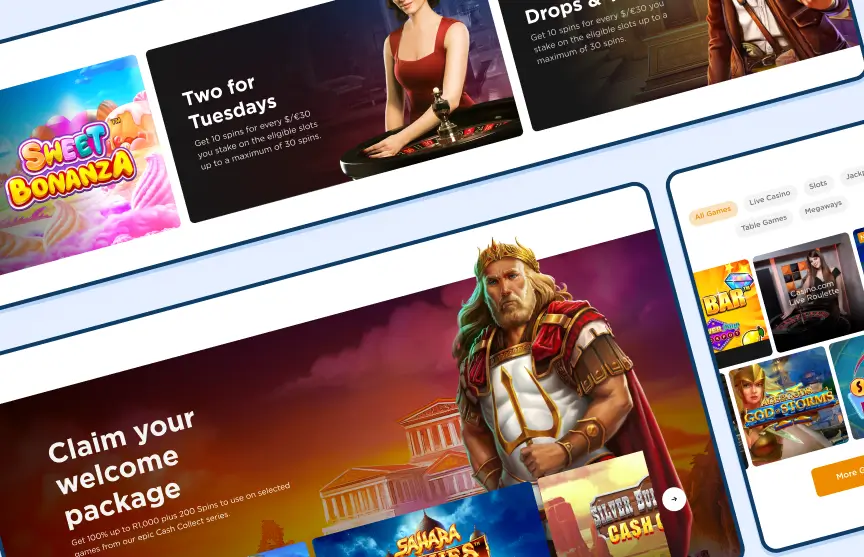
Mansion Cross NEwProject type
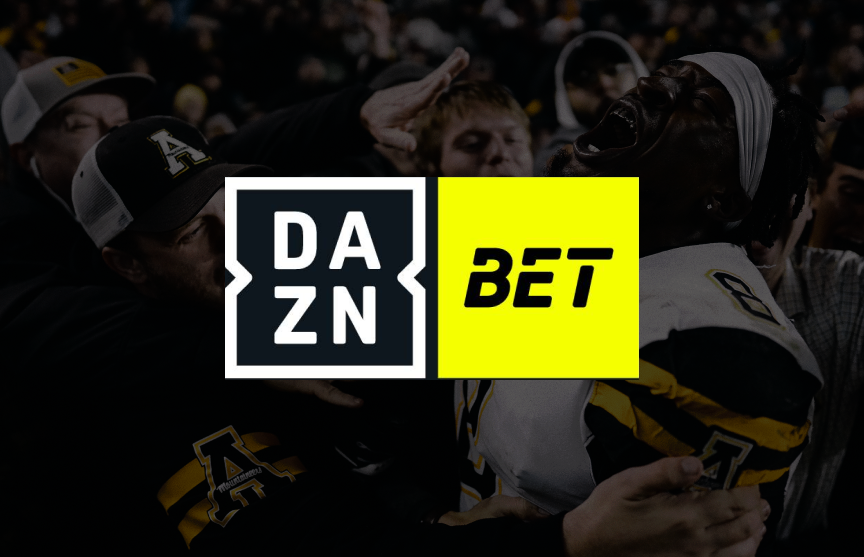
DAZNBetProject type
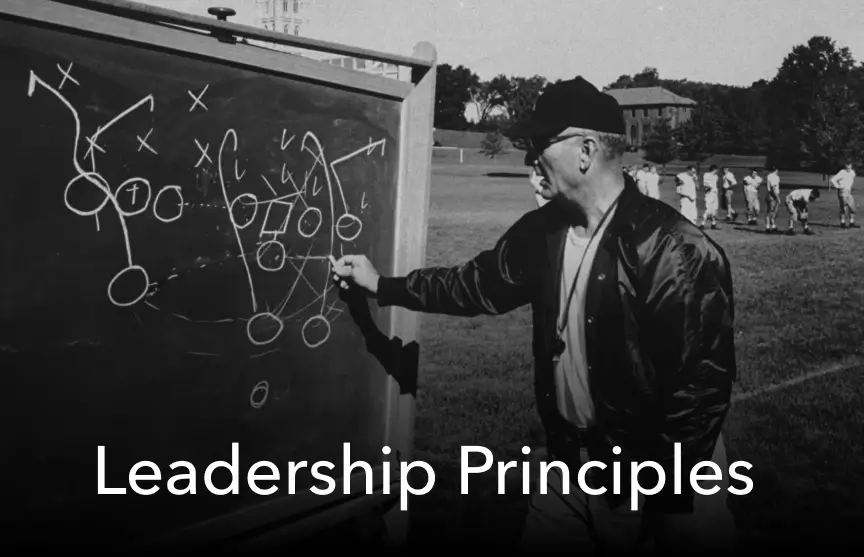
Leadership PrinciplesLeadership Approach
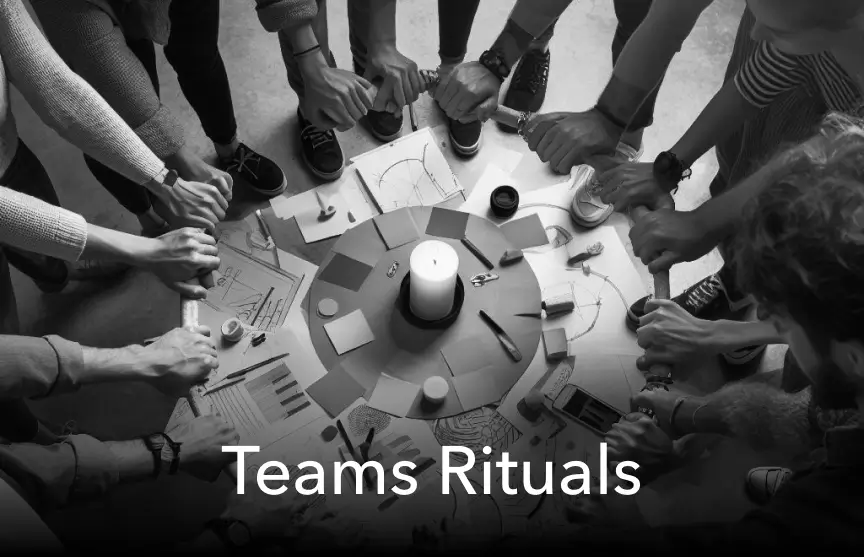
Teams RitualsLeadership Approach
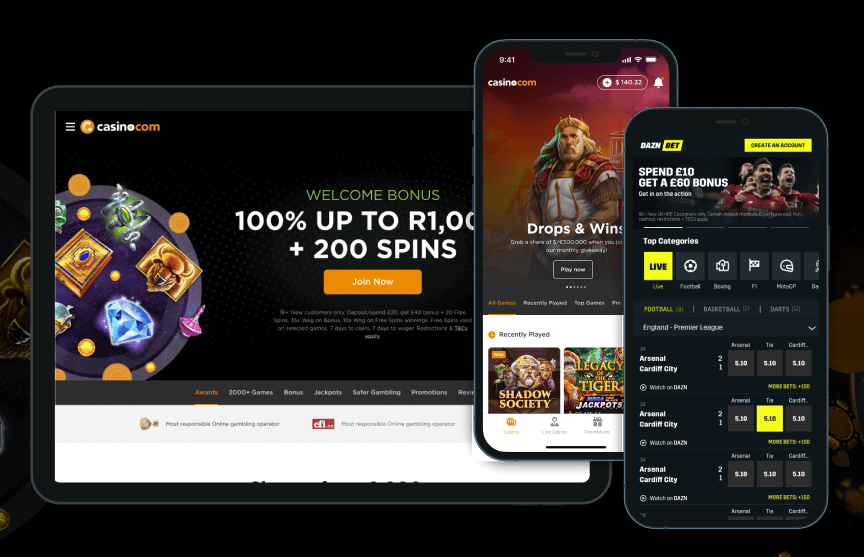
Design Leadership in ActionCase Study

Org TransformationLeadership Approach
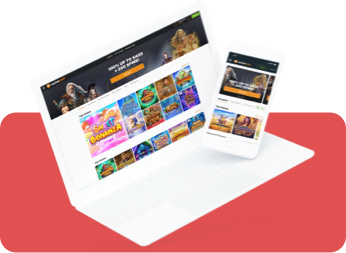
MansionCase Study
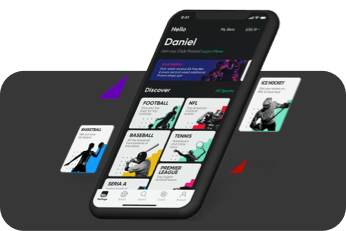
MoPlayUX/UX Design
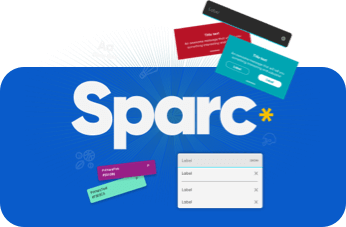
Sparc* Design SystemUX/UX Design
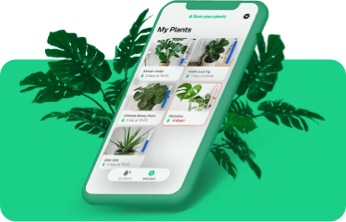
Save Your Plants AppUX/UX Design
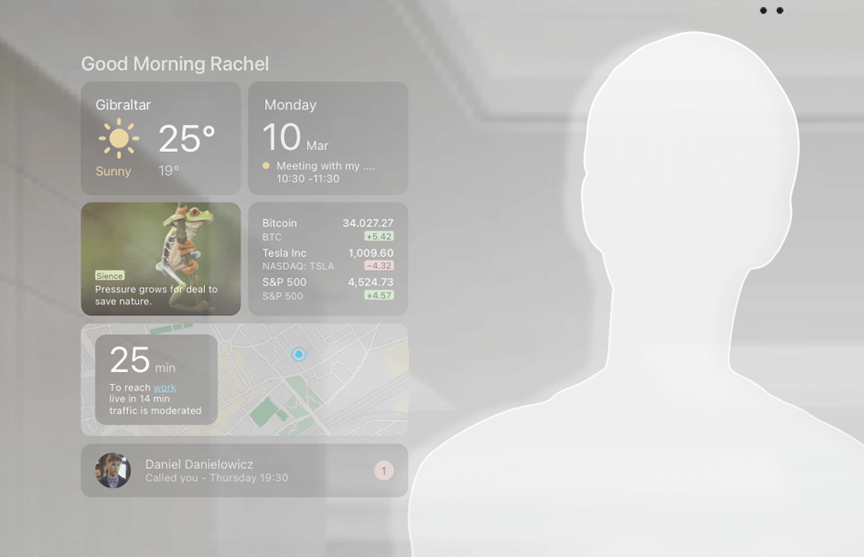
MirrorUX/UX Design
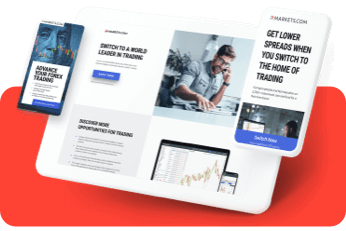
Visual System for Markets.comDesign system
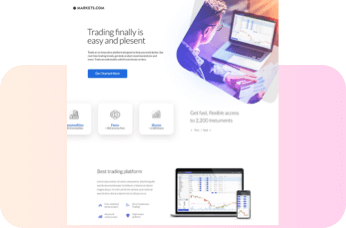
Dribbble ShotsProject type
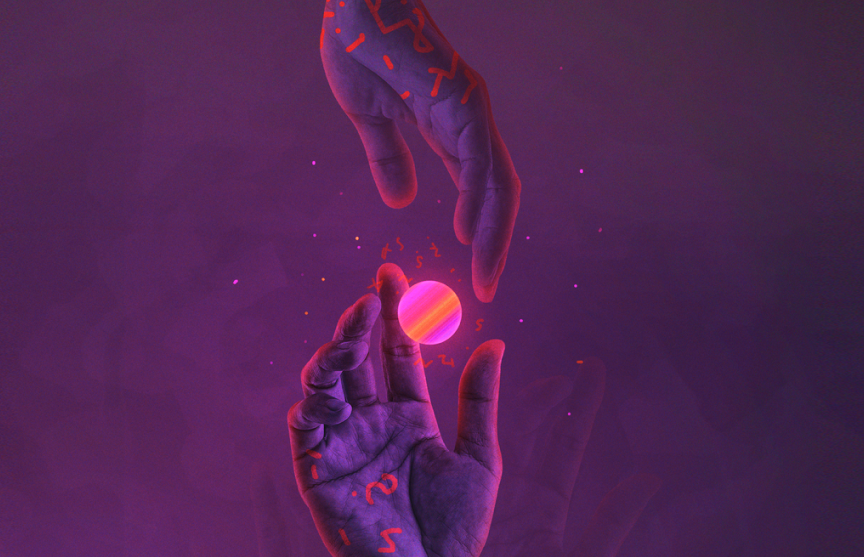
HandsProject type
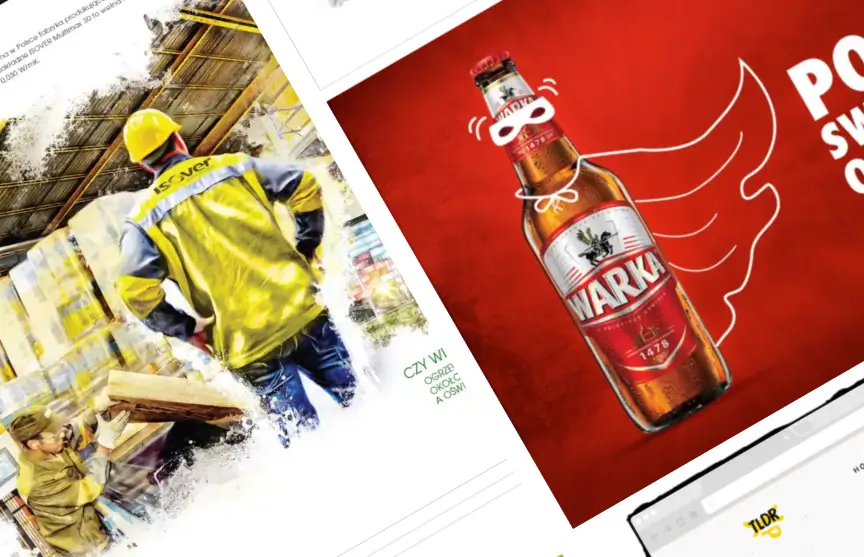
Blast from the pastProject type

